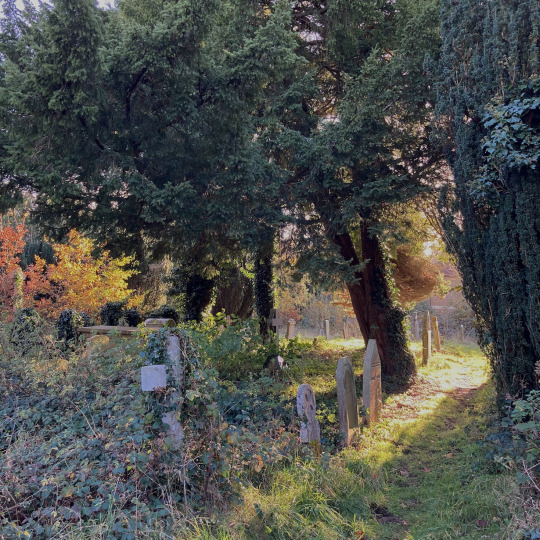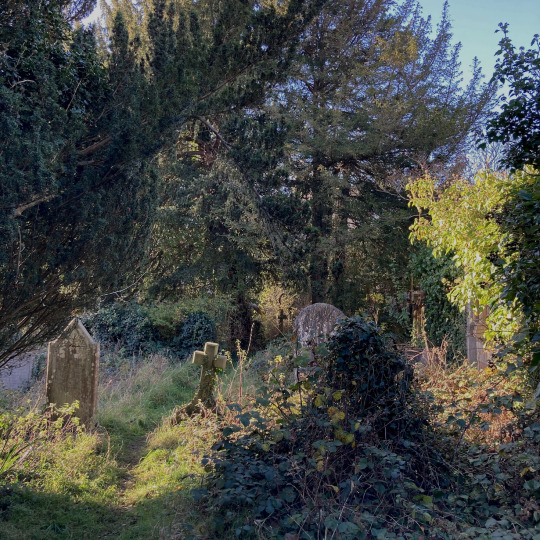everything will turn out right, the world is built on that – mikhail bulgakov
Don't wanna be here? Send us removal request.
Text
‘Sometimes I think I sold my soul, so that I could live as I must. Oh, I don’t mean without morals or conscience – I only mean with freedom to think the thoughts that come, to send them where I want them to go, not to let them run along tracks someone else set, leading only this way or that …’ Frowning, she ran her thumb along the serpent’s spine and said, ‘I’ve never said this before, not to anyone, though I’ve meant to: but yes, I’ve sold my soul, though I’m afraid it didn’t fetch too high a price. I had faith, the sort I think you might be born with, but I’ve seen what it does and I traded it in. It’s a sort of blindness, or a choice to be mad – to turn your back on everything new and wonderful – not to see that there’s no fewer miracles in the microscope than in the gospels!’
‘You think – you really think – that it is one or the other: your faith or your reason?’
‘Not only my reason – there’s not enough of that to set against my soul! – but my liberty. And sometimes I’m afraid I’ll be punished for it, but I know punishment, I’ve learned how to stand it …’ He didn’t understand, and was afraid to ask – but then Joanna came in and stood in the nave while behind her the bell-ringers tugged at their ropes and the bells sounded faintly indoors.
Sarah Perry, The Essex Serpent
21 notes
·
View notes
Photo

Forum Romanum, Roma, Italia | Alisa Anton
14K notes
·
View notes
Photo

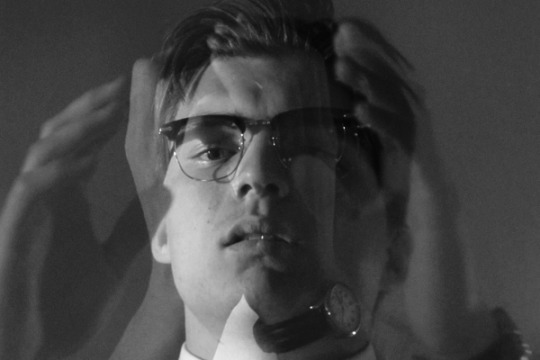
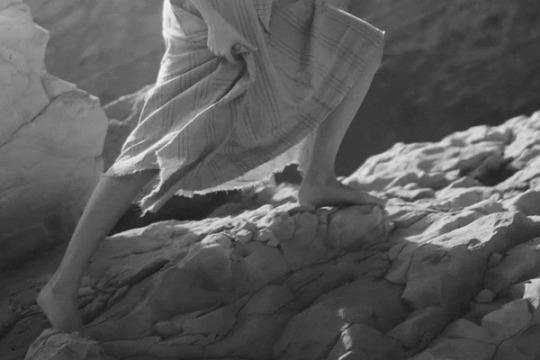



“I suppose at one time in my life I might have had any number of stories, but now there is no other. This is the only story I will ever be able to tell.”
The Secret History as a ‘50s film classic
6K notes
·
View notes
Photo
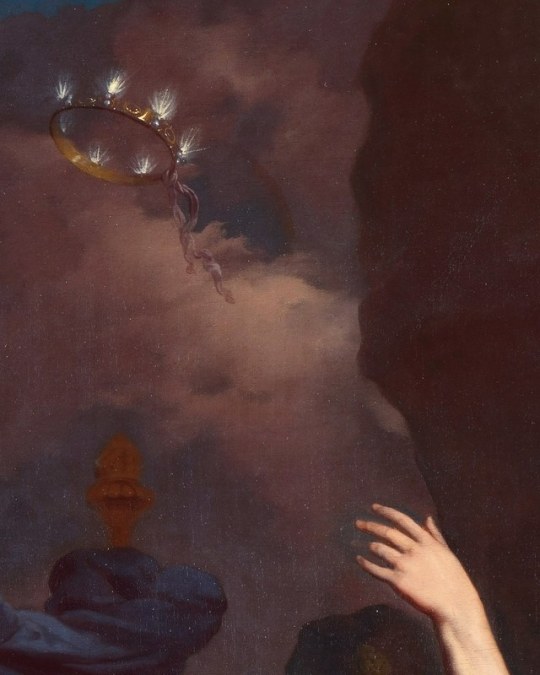
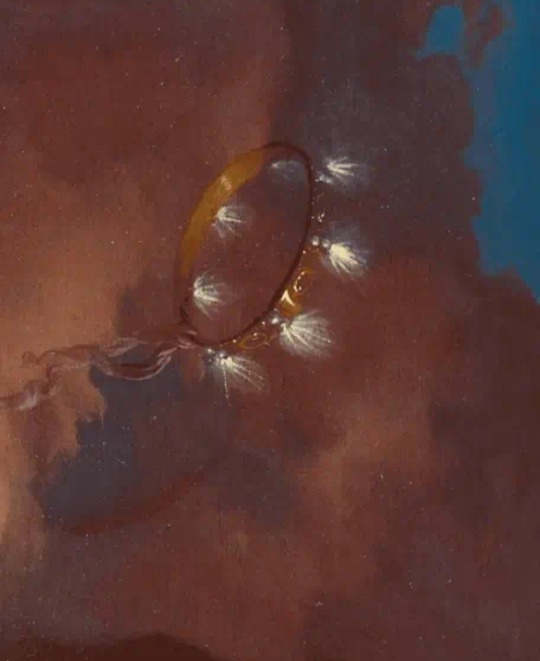
Details : Bacchus and Ariadne, 1676 and 1682, by Gerard de Lairesse.
6K notes
·
View notes
Photo

Josef Hoffmann, ‘Aufsatz’ centrepiece, model no. M sh 17. 1925-1931
Chased and hammered brass. 18.6 x 29.8 x 18.4 cm (7 3/8 x 11 ¾ x 7 ¼ in.) Executed by the Wiener Werkstätte, Austria.
127 notes
·
View notes
Text
A story that the Jews tell each other is that when the slaves were fleeing Egypt they came to the edge of the Red Sea and thought: well, fuck, this is it. Water in front of them and enemies behind. They had escaped, sure, but all this meant was that they were going to die free instead of in chains. A meaningful distinction in an abstract sense, but the Jews are a practical people, and mostly what they were concerned with in that moment was: they would be equally dead either way.
A man stepped out from the group. He stepped into the water. He said: mi chamocha ba’eilim adonai? Who is like you Adonai, among the gods who are worshipped? He sang that verse over and over again. He sang it as he waded into the sea. He gave his body over to his faith as he walked. There was nowhere to go but forward. If he was going to die, he figured, and be equally dead either way, he was not going to die in slavery and he was not going to die at the hands of the Egyptians, either. He was going to die walking and singing, believing, trying to find progress in the chaos, in the waves.
In the story, the water laps first at his feet, then his knees, his thighs, his ribs, his neck, finally flowing into his mouth as he sings and sings and sings. The words get choked, mispronounced: the hard cha of mi chamocha becomes mi kamoka, strangled but still certain.
In the story, this man is why the people get their miracle, the waters parting to let them cross through on dry land. It is an act of divine intervention, but it only comes because someone is willing to put his life on the line to make it happen. I keep thinking about him this week, that apocryphal man and how it is a story we make sure to keep telling each other: when there is water in front of you and enemies behind, you do not wait for your god, or a sign. You trust in something larger than yourself and open your mouth to sing about it. You put your feet on the ground and walk forward.
45K notes
·
View notes
Photo

Detail of Holme Cardwell’s Diana, dated to 1862. Marble. Source: Sotheby’s.
4K notes
·
View notes
Photo

The constellations Lyra and Cygnus. The beauty of the heavens. 1842.
Internet Archive
16K notes
·
View notes
Quote
Love cannot be reduced to a catalogue of reasons why, and a catalogue of reasons cannot be put together into love.
Eleanor Catton, The Luminaries
853 notes
·
View notes
Photo

Ralph Waldo Emerson, Self-Reliance and Other Essays
112 notes
·
View notes
Quote
All lovers do well to leave the doors of their love wide open. When love can go and come without fear of meeting a watch-dog, jealousy will rarely take root because it will soon learn that where there are no locks and keys there is no place for suspicion and distrust, two elements upon which jealousy thrives and prospers.
Emma Goldman, “Jealousy: Causes and a Possible Cure”
484 notes
·
View notes
Photo

Léon Bonvin’s Moonlight Scene, Houses In Background, 1864 (via here)
13K notes
·
View notes
Photo

The Annunciation, Johann Michael Düchert , 1750s, Cleveland Museum of Art: European Painting and Sculpture
This object entered the collection attributed to the German sculptor Johann Paul Egell. However, this attribution never sat comfortably because Egell mostly worked on large-scale commissions in stone, stucco, and wood, rather than with these more precious materials. Recent research indicates that the work is by Düchert, one of Egell’s most gifted students, who translated Egell’s distinct visual language—the elongated figures, tiny heads, unusually flattened space, and planar handling of drapery—into small-scale ivories. Size: Framed: 56.5 x 41.9 x 6.3 cm (22 ¼ x 16 ½ x 2 ½ in.); Unframed: 33.5 x 25.4 x 3.5 cm (13 3/16 x 10 x 1 3/8 in.) Medium: ivory, ebony, velvet, in the original gilded and glazed frame
https://clevelandart.org/art/1981.12
224 notes
·
View notes


